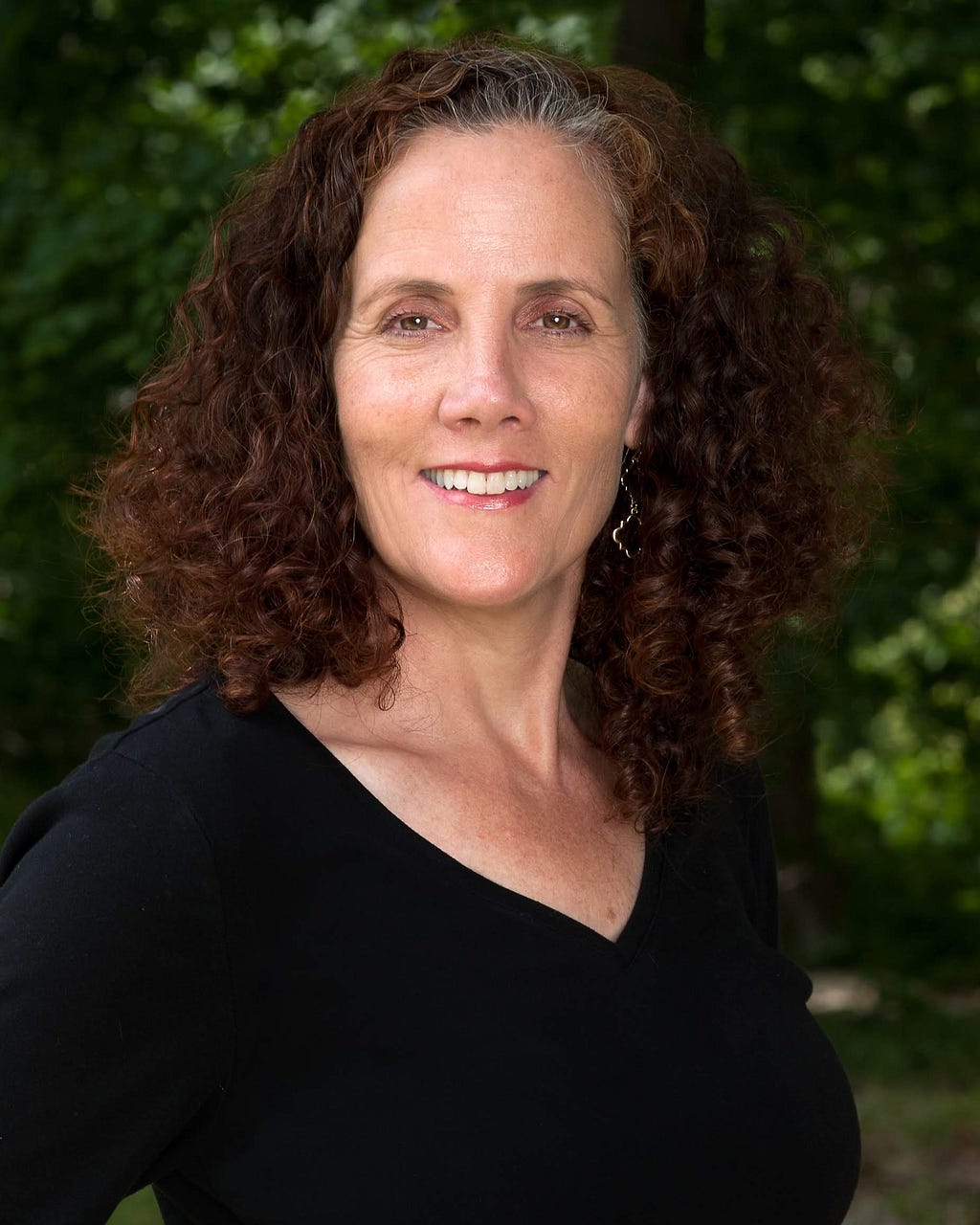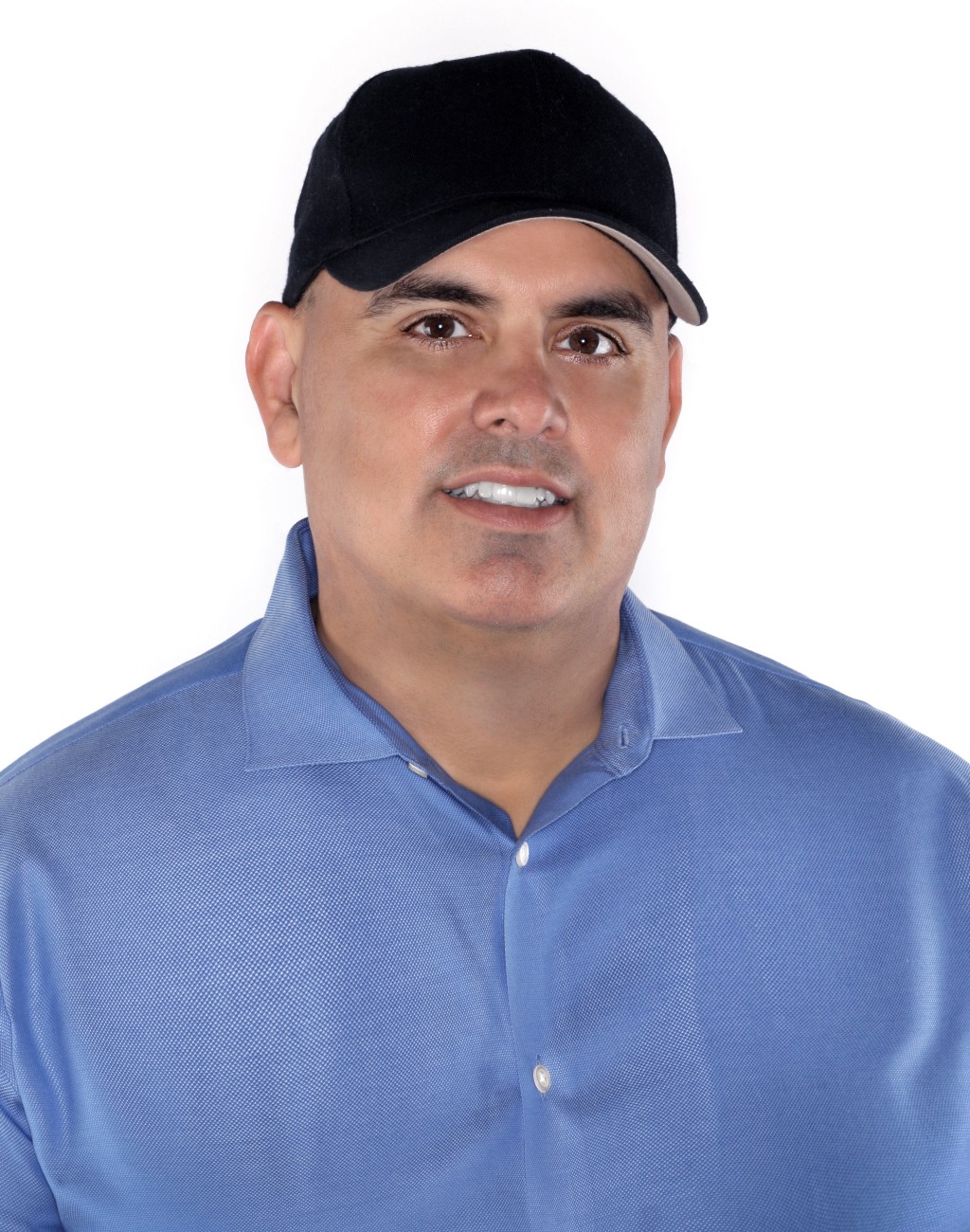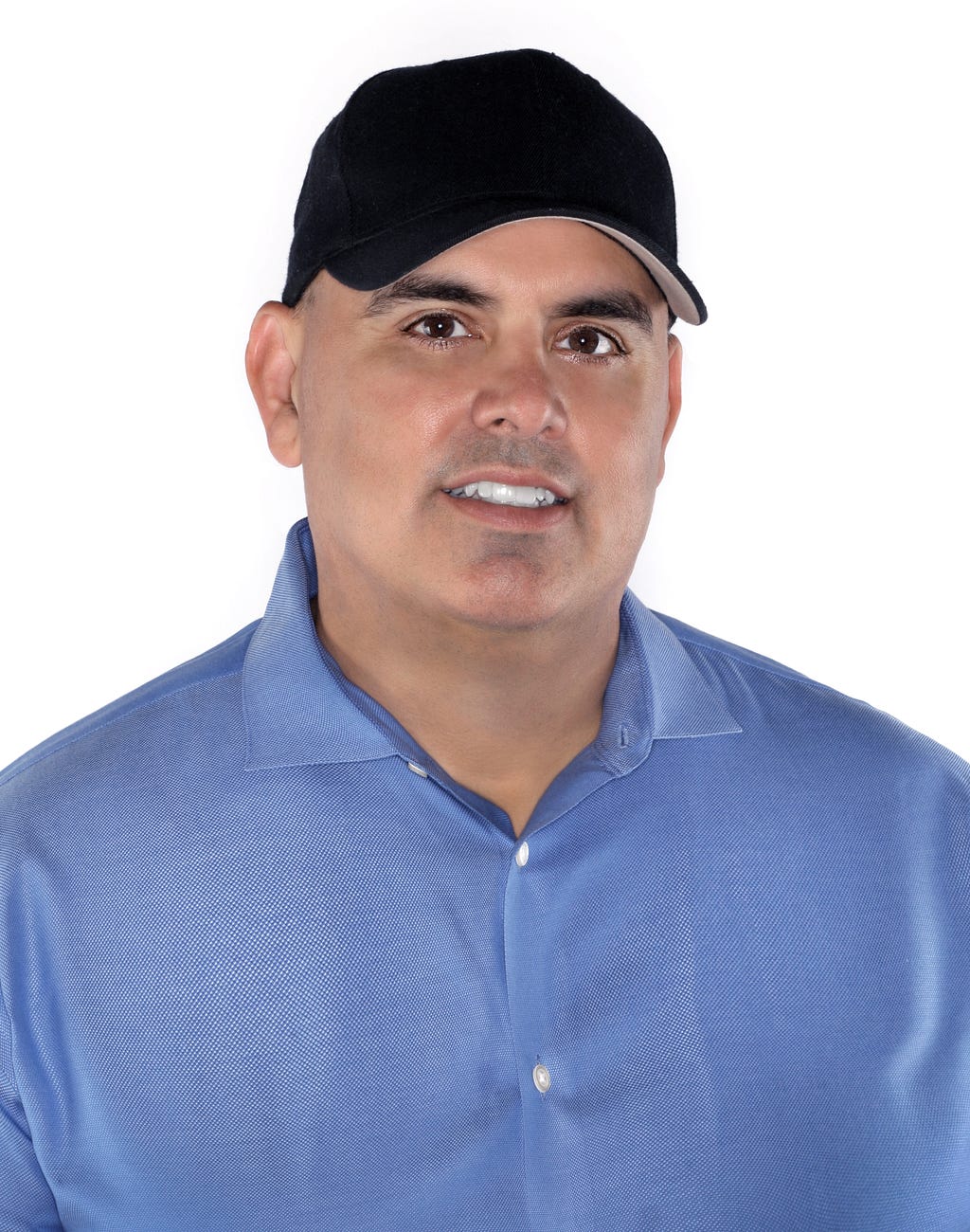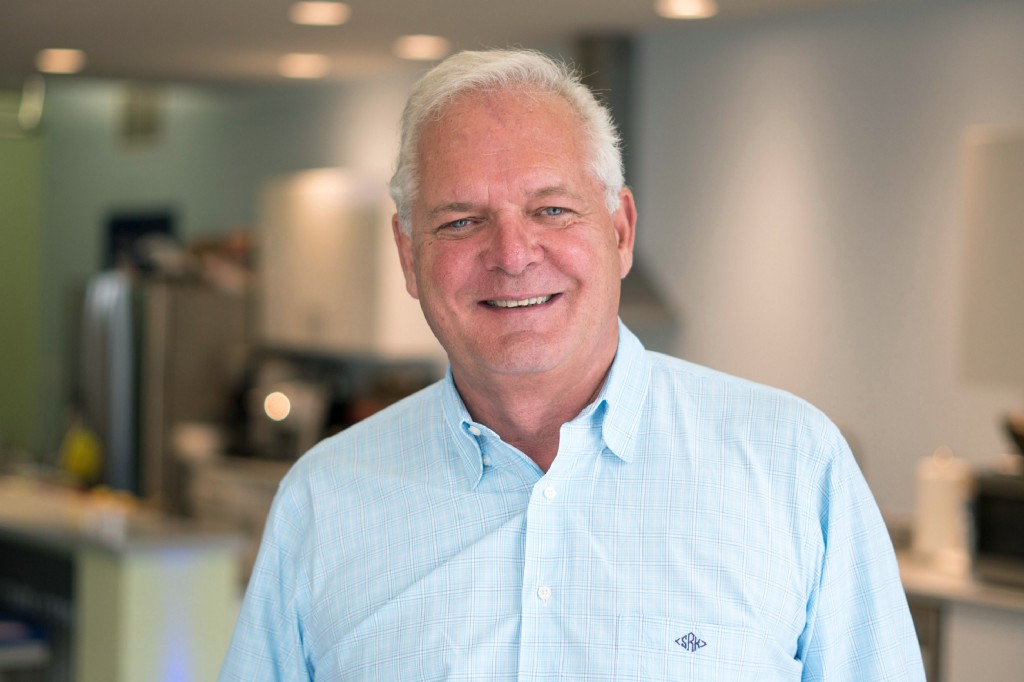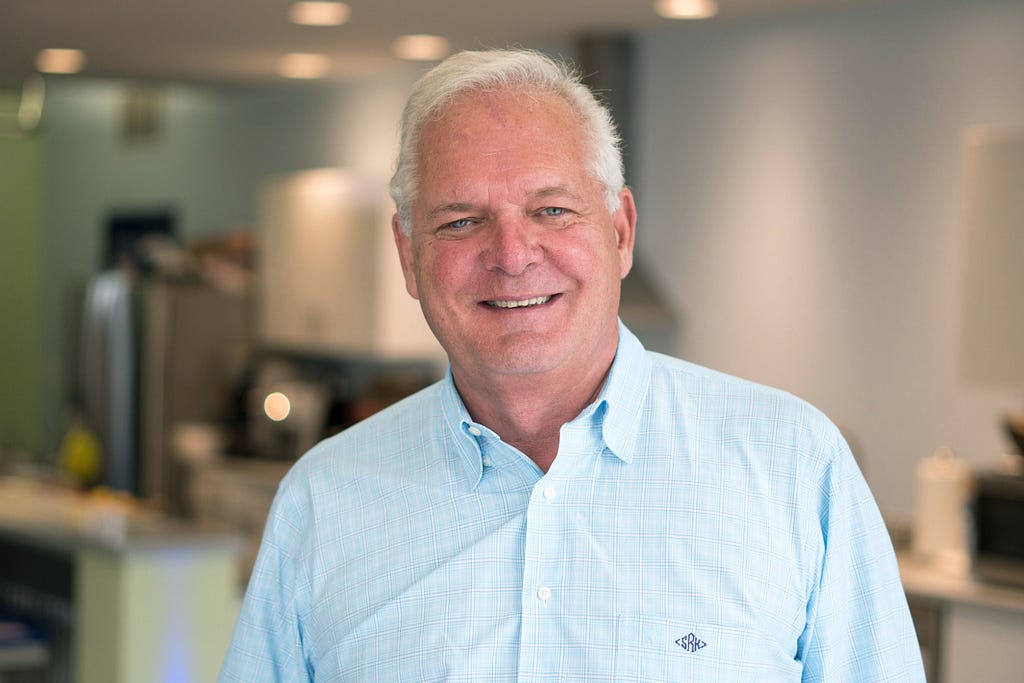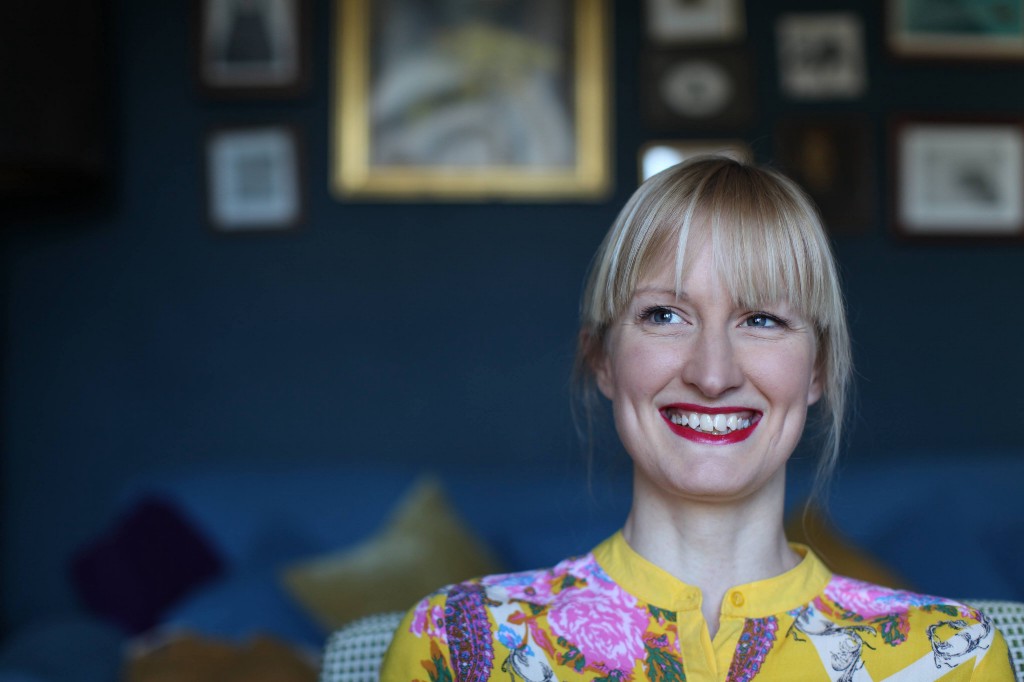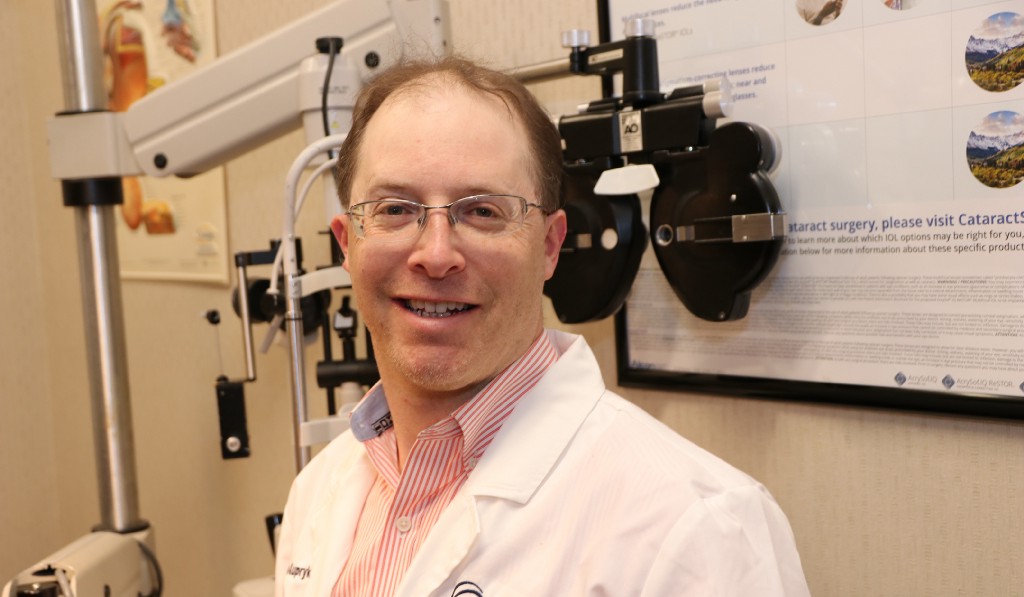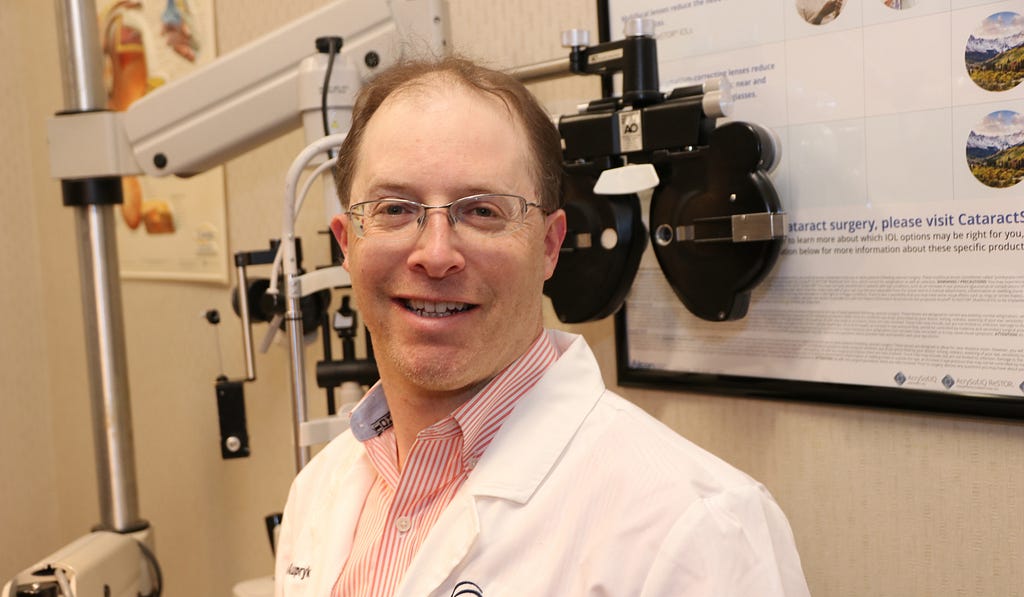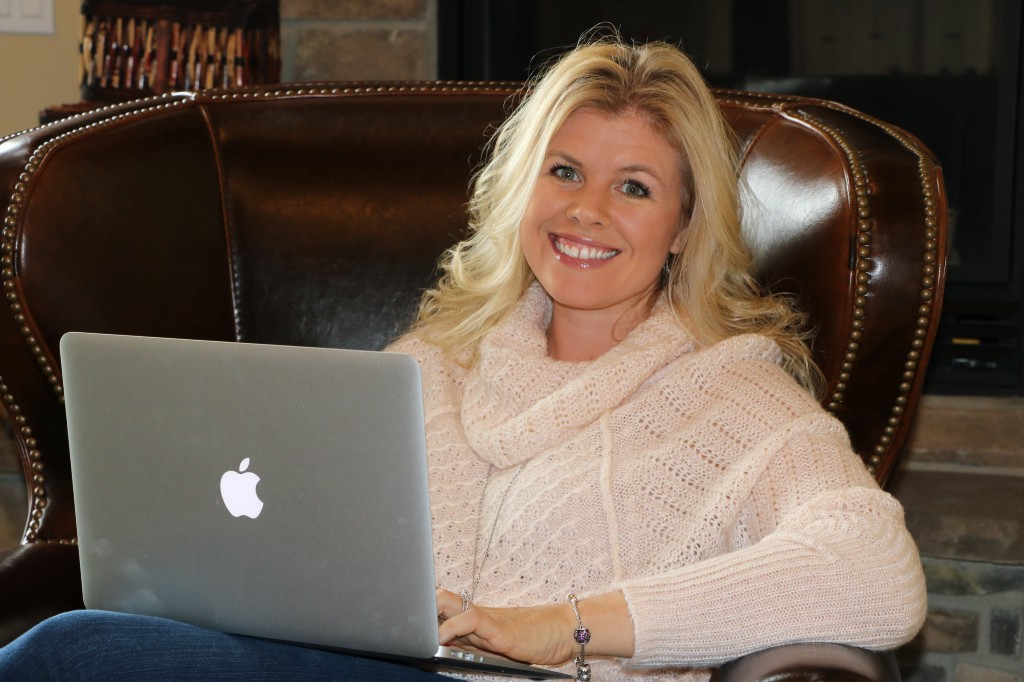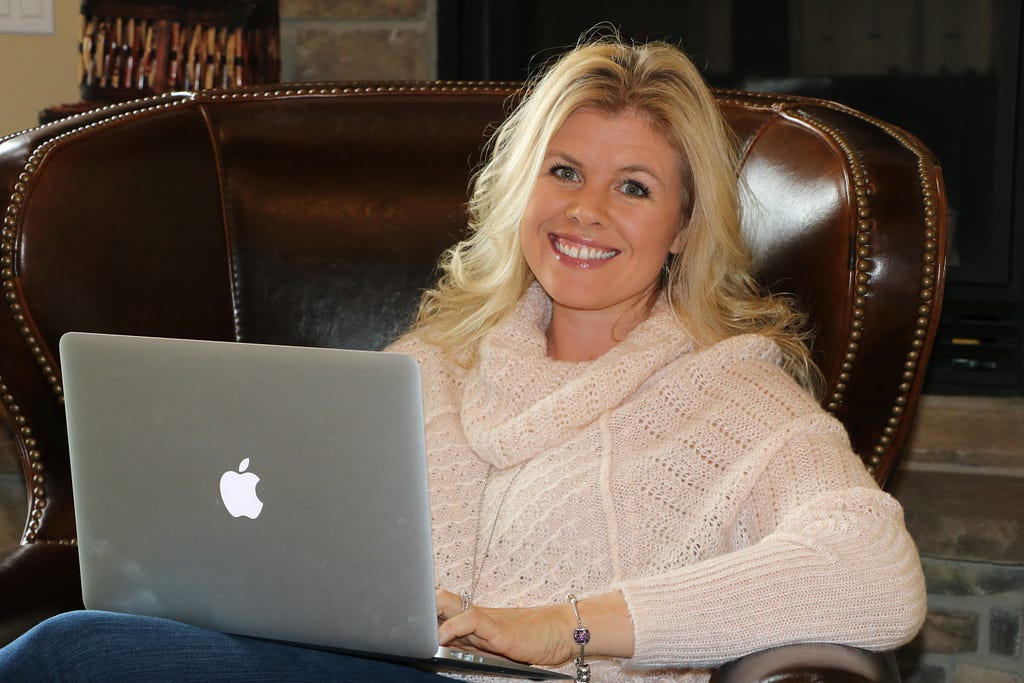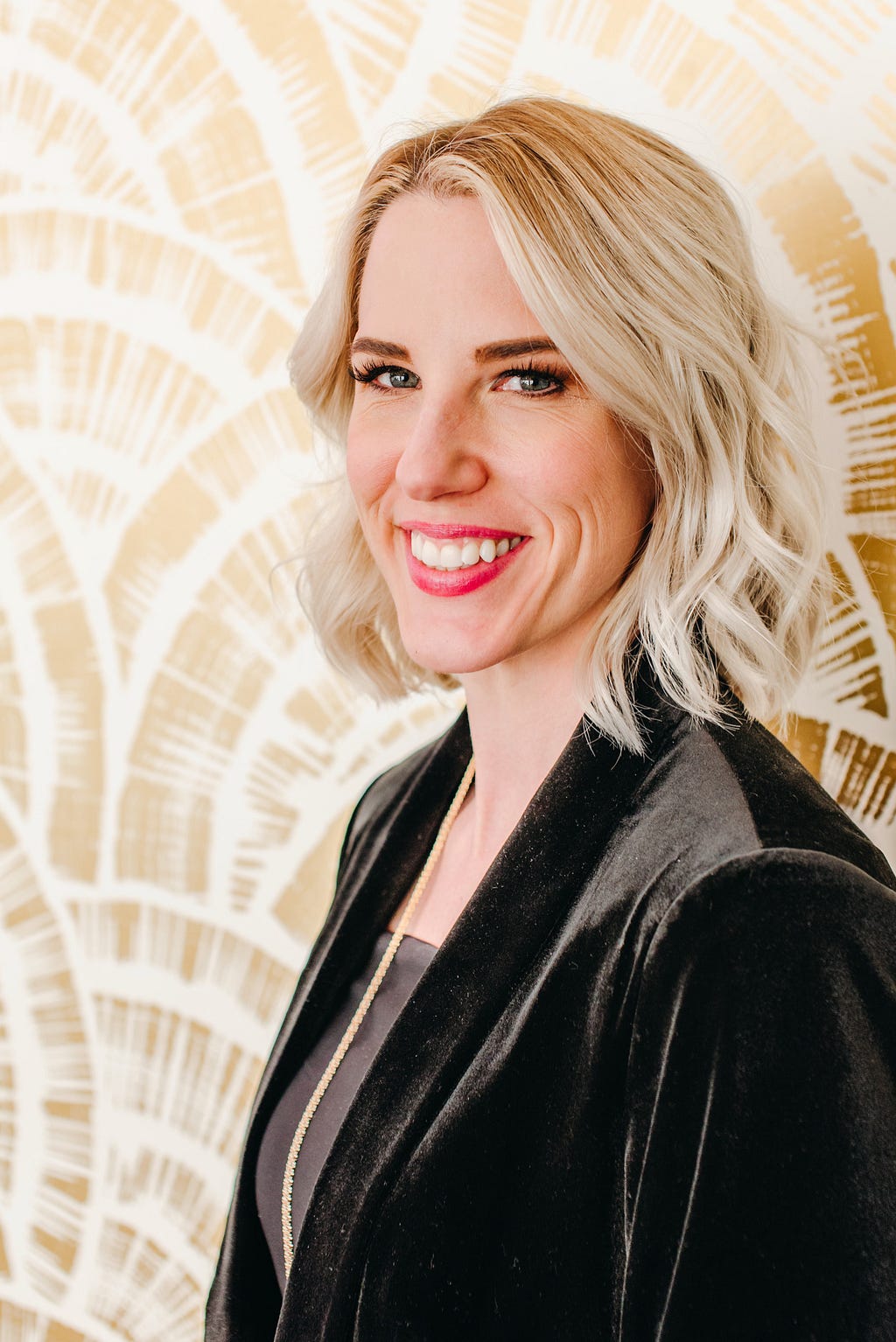The Future Of Beauty: “Facetite, Bodytite, & Venus Bliss” With Dr. Farah Naz Khan
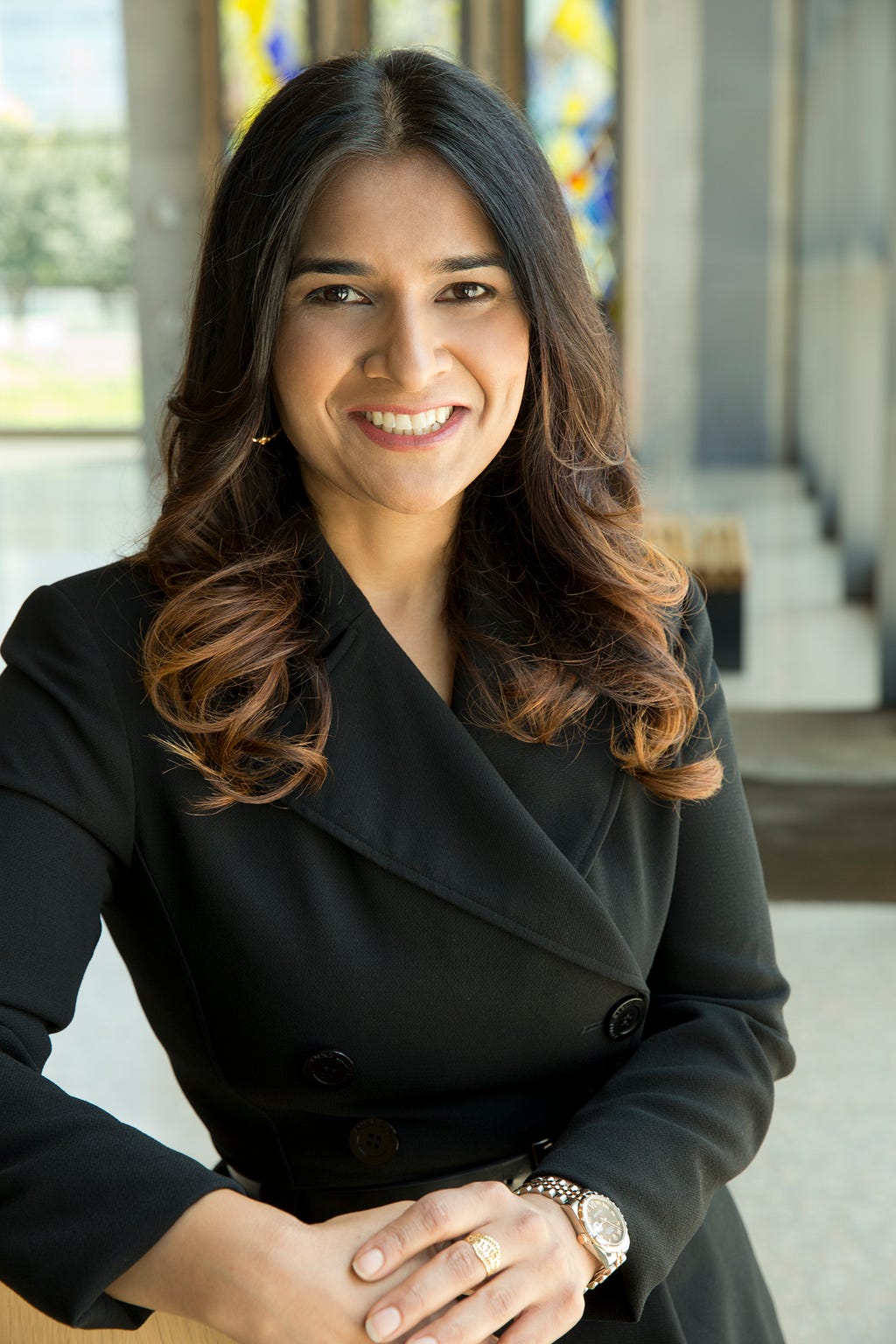
I heard this quote during my training and I’ve never forgotten it since: ”If you want to see a rainbow, you have to put up with the rain”. Owning a private practice is hard work, and I often say the easiest part of my day is operating. But when you’re running a business, you also have to oversee and manage employees, marketing, networking, and the day to day operations. Physicians also have to make sure they keep up with their CMEs (continuing medical education) so it can be overwhelming. But, the satisfaction of having your own practice and being your own boss so you can treat your patients the way you want to makes it all worthwhile.
As a part of our series about how technology will be changing the beauty industry over the next five years I had the pleasure of interviewing Dr. Farah Naz Khan, MD
Dr. Farah Naz Khan is a board certified Plastic and Reconstructive Surgeon practicing in Dallas, Texas. She performs a full range of cosmetic surgery procedures, including 24 hour recovery® breast augmentation, mommy makeovers, body contouring, liposculpting, facial surgery, and breast revision surgery.
Born in Raleigh, North Carolina, Dr. Khan was raised in both California and New Jersey, experiencing life along both coasts. Excelling both athletically and academically, she received a full scholarship to The College of New Jersey and graduated Summa Cum Laude and with Honors with a degree in Biology in only 3 years.
She then continued her education at the prestigious Duke University School of Medicine where she immersed herself in basic science and clinical research at the Kenan Plastic Surgery Laboratory. This resulted in several publications in peer reviewed journals as well as presentations at both the national and international level. She also received an NIH medical student research fellowship to further her interests.
After observing her plastic surgery mentors, she realized that the best surgical results were obtained by those who were able to recognize and appreciate often subtle differences in symmetry, shape, and form. She enrolled at the world renowned Parsons New School of Design in New York City where she sketched, painted, and sculpted human models and learned to appreciate the nuances of the human form. Earning a Certificate in the Fine Arts, she then returned to Duke University to complete her final year of medical school.
Graduating with Honors from Duke, she continued her education at Baylor College of Medicine and The Methodist Hospital under the tutelage of Dr. Aldona Spiegel, an expert breast reconstruction microsurgeon. Completing both a clinical and research fellowship in breast reconstruction and microsurgery, Dr. Khan knew she had found her calling and was admitted into the highly competitive integrated Plastic Surgery residency training program at the University of South Florida.
During her 6-year residency, she rotated through several highly acclaimed institutions, including the Moffitt Cancer Center and Tampa General Hospital. Training in the full spectrum of all that plastic surgery has to offer, including hand surgery, burn reconstruction, cleft lip/palate surgery, lower extremity reconstruction, maxillofacial trauma, head and neck surgery, microsurgery, and cosmetic surgery, she knew she was more than ready to enter the world of private practice in Dallas, Texas.
Joining first as an associate of Dr. John B. Tebbetts, Dr. Khan was fortunate to begin her practice under the guidance and mentorship of a world-renowned plastic surgeon. She quickly mastered Dr. Tebbetts’ 24 hour recovery® breast augmentation technique, which when combined with her vast surgical skill set, allowed her to become one of the most sought after aesthetic plastic surgeons. After Dr. Tebbetts’ retirement, Dr. Khan established her own state of the art office in the Turtle Creek neighborhood of Dallas.
Ultimately, Dr. Khan believes that it is an honor and a privilege to be a plastic surgeon. “I am truly blessed to have found such a wonderful career. Every day, I am inspired by my colleagues and patients to give 110% to whatever I pursue. Every day I learn something new and that allows me to provide my patients with the latest and most innovative procedures to correct both function and form.”
Dr. Khan strives to provide her patients with the safest and most up to date surgical technique. She regularly attends national Plastic Surgery meetings and is a diplomate of the American Board of Plastic Surgery (ABPS), and a member of the American Society of Plastic Surgeons (ASPS) and the Dallas Society of Plastic Surgeons. She is nationally recognized for the 24 hour recovery ® breast augmentation, and is routinely featured as an expert contributor for Fox News Radio and various media outlets, including NBC, CBS, ABC and the CW network.
Thank you so much for doing this with us! Before we dive in, our readers would love to learn a bit more about you. Can you tell us a story about what brought you to this specific career path?
During my 2nd year of medical school at Duke, I fell in love with surgery. I enjoyed the immediate gratification of identifying my patient’s problem and “fixing” it in the operating room. But my plastic surgery mentors inspired me the most, and I remember one particular day in clinic when I decided I wanted to be a plastic surgeon. This attending plastic surgeon was a craniofacial surgeon and the clinic was full of kids with various craniofacial anomalies, including cleft lip and cleft palate. The first patient was a young child with a cleft lip and instead of taking photographs to document the child’s condition, the surgeon sketched the child’s lip and explained to the parents, via drawings, how he would correct the lip. I was amazed at how well the surgeon understood this child’s anatomy and how well he could appreciate the subtleties that would need to be corrected. The next child in clinic was a postop cleft lip correction and the parents were simply ecstatic with the results. The young child was able to feed properly and was thriving because he was gaining weight, all because of a simple corrective surgery. By the end of that clinic day, I knew I wanted to make a difference in the lives of my patients just like my attending plastic surgeon.
Can you share the most interesting story that happened to you since you began your career?
After I decided that I wanted to be a plastic surgeon, I realized I needed to expand my training beyond just the science. The practice of medicine, after all, is not just a science but an art. The best plastic surgeons I observed had great surgical technique but were also able to recognize and appreciate often subtle differences in symmetry, shape, and form. Therefore, during my third year of medical school, I enrolled at the world renowned Parsons New School of Design in New York City. I learned to appreciate the nuances of the human form through sketching, painting, and sculpting human models. While this certificate in the Fine Arts program was a far cry from the rigors of Duke Medical School, I found my time at Parsons to be quite formative in shaping how I assess my patients. This training allowed me to focus on restoring both function AND form, and I find it interesting that patients still tell me they feel more comfortable with me as a plastic surgeon because of my art training. In fact, a majority of my new patients cite my time at Parsons as the reason why they come see me instead of another plastic surgeon.
Are you able to identify a “tipping point” in your career when you started to see success? Did you start doing anything different? Are there takeaways or lessons that others can learn from that?
After I finished my plastic surgery training, I moved to Dallas to start in private practice. I had never lived in Dallas prior to this move and I had no “roots” in this area. I moved because I had a wonderful opportunity to join a world renowned plastic surgeon in practice. Private practice is challenging to start off in because there is no guaranteed salary. I remember my partner telling me that the patients will come, I just needed to make sure I did good work. The first month I saw two patients and the second month I saw four. I heeded my partner’s advice and took on the hard cases and made sure I did my very best to give my patients the best possible result. I also scrubbed in with my partner regularly and learned additional surgical techniques to polish my own skills. Perhaps most importantly, I learned the 24 hour recovery® breast augmentation technique because I was willing to learn from my partner. Even though I had 8 years of surgical training under my belt, I knew I still had a lot more to learn and I was committed to finding the best surgical techniques for my patients. This helped me attract a lot of patients to my practice and within 18 months, my clinic and surgical schedules were full! The takeaway is work hard and continue to better yourself. The success will come.
None of us are able to achieve success without some help along the way. Is there a particular person to whom you are grateful who helped get you to where you are? Can you share a story about that?
I will always be grateful for the time I spent with Dr. Tebbetts. Even though he was my “partner” in private practice, he acted more like a mentor to me. I learned from him not only surgical techniques but also life lessons and the business of private practice.
When I first met Dr. Tebbetts, he asked me if I knew my worth. At the time, I was confused by the question but he explained to me that everyone should know their worth so they are never undervalued. Needless to say, I quickly figured out my worth and to this day, I keep that in mind whenever I’m setting my prices for a new procedure or evaluating a new business proposal.
Ok super. Let’s now shift to the main part of our discussion. The beauty industry today has access to technology that was inconceivable only a short time ago. Can you tell us about the “cutting edge” (pardon the pun) technologies that you are working with or introducing? How do you think that will help people?
I am best known for providing my patients the 24 hour recovery® breast augmentation. This procedure allows my patients to look their best with minimal downtime so they can return to their busy lives ASAP. In fact, patients fly from across the country (and even across oceans) to get this procedure because they can return home within a day or two while enjoying their new figure. Traditional plastic surgery procedures have several weeks of downtime and recovery but our aesthetic practice recognizes that in today’s world, patients do not have the luxury of taking a lot of time off. Therefore, our procedures are designed to give patients the best possible results in the least traumatic manner possible. Facetite and Bodytite are two such procedures that allow us to deliver results that previously were only possible with traditional surgical procedures involving lengthy incisions and several weeks of downtime. Instead of a traditional facelift/necklift, Facetite uses radiofrequency to tighten and contour the lower face and neck. Small pinpoint incisions are used instead of the traditional facelift incisions that go in front of and behind the ear. For the body, Bodytite is used, often in conjunction with liopsuction, to simultaneously remove excess fat AND tighten skin. So, instead of a traditional arm lift, which requires a long upper arm incision extending from the elbow to the armpit, I am able to fully contour upper arms with Bodytite and liposuction (which only requires 2 small liposuction scars that are easily camouflaged). In the past, liposuction would remove the fat but the excess skin would still hang, necessitating surgeons to excise the skin with a long incision. However, the amazing technology of Facetite and Bodytite allows us to get maximal skin tightening and contouring in the safest way possible.
Perhaps even more exciting are the latest advancements in noninvasive technology. One such device is the Venus Bliss, a diode laser that has shown significant fat reduction results after only 3 sessions. This procedure is comfortable and takes less than 30 minutes to perform with almost no downtime. Most patients opt to do work or watch TV while undergoing this procedure! And although liposuction with Bodytite allows us to remove larger amounts of fat in one setting, the Venus Bliss allows us to comfortably contour a patient’s “problem area” over several sessions. Patients often prefer noninvasive devices because of the very little to no downtime, significantly reduced cost when compared to surgical procedures and their ability to undergo these procedures despite having certain medical conditions that would disqualify them from being surgical candidates. Similarly, facial resurfacing procedures using noninvasive technology, such as the Venus Versa, have gained popularity because they allow us to target MULTIPLE skin concerns in one platform/device with minimal downtime for patients. Even more impressive, the Venus Versa is able to use radiofrequency, Intense Pulsed Light (IPL), and/or an Acne Dual Head IPL to combine multiple treatments in one setting for patients of ALL skin tones. In the past, lasers were often contraindicated for use in dark skin patients because of the risk of hypopigmentation but radiofrequency based technologies with the newer IPL allow us to treat darker skin patients with precision and confidence.
Keeping “Black Mirror” and the “Law of Unintended Consequences” in mind, can you see any potential drawbacks about this technology that people should think more deeply about?
I always remind patients they need to have realistic expectations when undergoing noninvasive procedures. So, although a fat reduction device like Venus Bliss can improve the appearance of a patient’s problem area after 3 sessions, patients should not expect surgical like results. And, if a patient has deep scars or wrinkles, they may need several facial rejuvenation procedures (including Venus Versa, chemical peels, and/or botox and fillers) to get the best possible results.
Can you share 3 things that most excite you about the “beauty-tech” industry?
- We are always looking for newer technology that delivers better results in a safer and more efficient manner.
- We are getting surgical like results from minimally invasive devices like Facetite and Bodytite.
- Treatments are becoming more affordable because there are more options so there is something for everyone.
Can you share 3 things that most concern you about the industry? If you had the ability to implement 3 ways to reform or improve the industry, what would you suggest?
- False advertising (i.e. promising results that are not possible with the procedure being advertised)
- Practicioners (including physicians, nurses, and aestheticians) using misleading credentials to boost one’s own reputation
- Misleading before/after photos (using flash, different backgrounds, or photoshop to show differences that may not be present)
3 ways to reform or improve the industy:
- Promote ethical advertising standards by making sure ALL professional societies (for doctors, surgeons, nurses, etc.) hold their members accountable for their advertising
- Patients should do their due diligence when selecting their provider so they understand the difference between a plastic surgeon vs. a cosmetic surgeon or an aesthetic doctor. Board Certified Plastic surgeons undergo at least 6 years of surgical training in plastic surgery, followed by an intensive oral and written board certification process. The only plastic/cosmetic surgery board recognized by the ABMS (American Board of Medical Specialties) is the ABPS (American Board of Plastic Surgery).
- Social media allows anyone to post videos or before/afters so he or she can look like an “expert”. Again, patients should always check an account’s website to see what credentials the practicioner has (i.e. training, board certification, expertise, etc.)
You are an expert about beauty. Can you share 5 ideas that anyone can use “to feel beautiful”? (Please share a story or example for each.)
- Have a daily skincare routine and use a mask once a week. This will give your skin that “glow” that helps us all feel beautiful.
- Get monthly facials and/or peels. Again, when your skin looks its best, you tend to feel most beautiful.
- Drink plenty of water throughout the day. Your skin will be hydrated and your makeup will look even better.
- Treat yourself to a blowout before a party or a big event. You (and your hair!) will look and feel beautiful.
- Take a relaxing bath and use bath bombs with essential oils that leave your skin feeling soft and moisturized.
You are a person of great influence. If you could inspire a movement that would bring the most amount of good to the most amount of people, what would that be? You never know what your idea can trigger. 🙂
In this day and age, we are under constant pressure to look and act a certain way. People often hide what they are really feeling in hopes of putting forth the perfect image on social media. Since we never know what another person is really going through, I make a conscious effort to smile at whoever I run into. If we all just remember to smile a bit more, we can make this world a friendlier place for all.
Can you please give us your favorite “Life Lesson Quote”? Can you share how that was relevant to you in your life?
I heard this quote during my training and I’ve never forgotten it since: ”If you want to see a rainbow, you have to put up with the rain”. Owning a private practice is hard work, and I often say the easiest part of my day is operating. But when you’re running a business, you also have to oversee and manage employees, marketing, networking, and the day to day operations. Physicians also have to make sure they keep up with their CMEs (continuing medical education) so it can be overwhelming. But, the satisfaction of having your own practice and being your own boss so you can treat your patients the way you want to makes it all worthwhile.
How can our readers follow you online?
My practice is very active on social media and readers can follow me on Instagram @khan_plastic_surgery, on Facebook at Khan Plastic Surgery, and on twitter @KhanPlasticSurg. For more information about specific surgical or noninvasive procedures that I offer, feel free to visit my website at www.khanplasticsurgery.com
Thank you so much for joining us. This was very inspirational.
The Future Of Beauty: “Facetite, Bodytite, & Venus Bliss” With Dr Farah Naz Khan was originally published in Authority Magazine on Medium, where people are continuing the conversation by highlighting and responding to this story.





